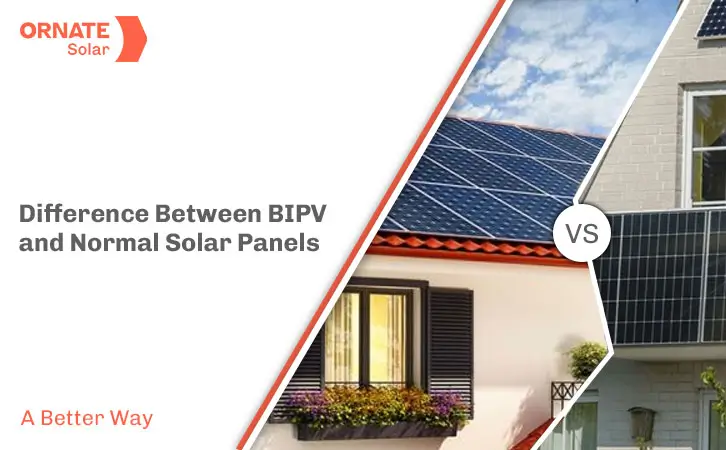

Solar energy is an essential component of the world’s shift towards renewable energy. There are two main types of solar panels in use: Building-Integrated Photovoltaics (BIPV) and traditional solar panels. In this regard, establishing the differences between such technologies will be crucial for future solar energy investors and stakeholders. The article differentiates between BIPV and standard solar panels as an insight into the functionalities, applications, and benefits of each.
Types of Normal Solar Panels
Conventional solar panels, called photovoltaic (PV) panels, are the semiconductor material—most commonly silicon—that turns sunlight into electricity. The general implementation includes solar panels mounted on top of any surface or ground-mounted structures. The most common types are monocrystalline, polycrystalline, and thin-film.
- Monocrystalline Solar Panels: These are known to have a high efficiency and long life, constructed out of single-crystal silicon.
- Polycrystalline Solar Panels: Made from multiple silicon crystals, typically this type tends to be less efficient than monocrystalline.
- Thin-Film Solar Panels: The panel consists of fragile layers of photovoltaic material on a substrate. They are flexible and lightweight but less efficient than crystalline silicon panels.
The high use of traditional solar panels in residential, commercial, and utility is high due to their proven technology and reliability.
BIPV (Building-Integrated Photovoltaics)
BIPV systems are designed to replace conventional building materials, such as roofing tiles, façade elements, or windows, with photovoltaic (PV) modules that generate electricity from sunlight. These PV modules are customized to fit the specific design requirements of the building, ensuring a harmonious integration with the overall architectural style.
Building-Integrated Photovoltaics (BIPV) can be applied in various parts of a building envelope, including:
Roof:
- Discontinuous roof (pitched/sloped roofs with tiles, slates, shingles, etc.)
- Continuous roof (flat or curved roofs with membranes or metal sheets)
- Atrium/Skylight (glazed or semi-transparent roof elements)

Facade:
- Curtain wall (glazed facade systems with panels supported by a substructure)
- Rainscreen (ventilated facade with an air gap and cladding)
- Double skin facade (two layers with an intermediate cavity)
- Window (glazed wall openings)
- Masonry wall (barrier walls made of bricks, stones, or concrete)

External Integrated Devices:
- Parapet (protective barrier at the edge of a roof)
- Balustrade (protective barrier at the edge of a terrace, balcony, or walkway)
- Canopy (unenclosed roof structure providing shade or shelter)
- Solar shading (shutters, blinds, louvers, or awnings for solar control)
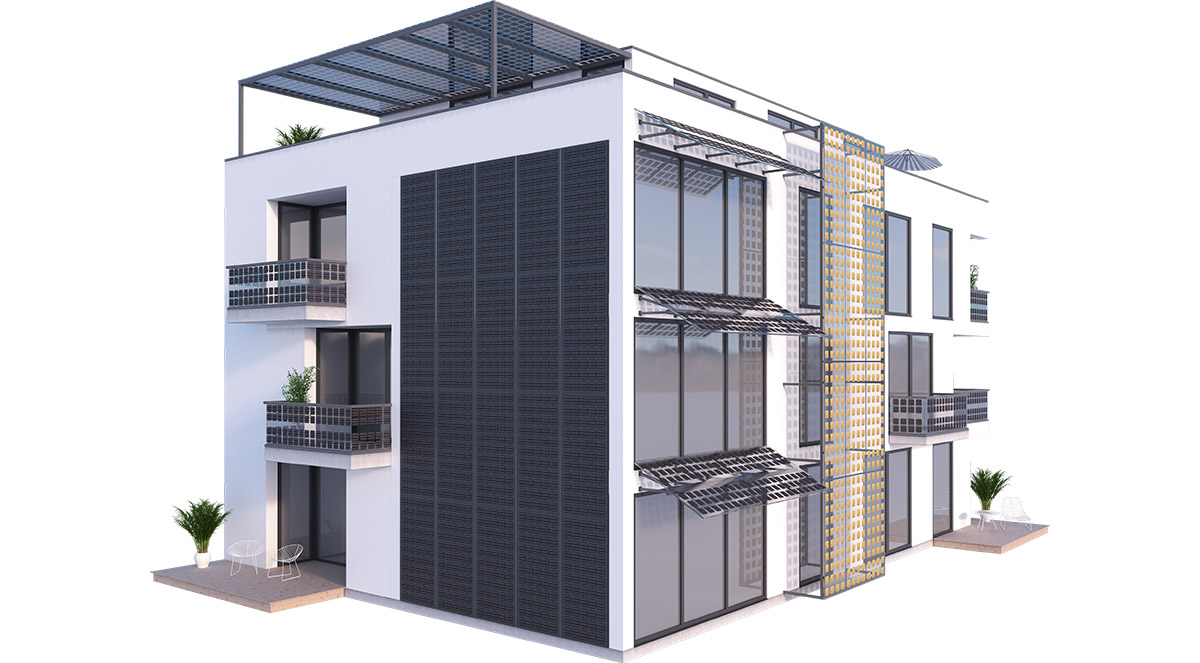
Key Differences Between BIPV and Traditional Solar Panels
Integration into Buildings:
- Traditional Solar Panels: Typically installed on current structures using racks and mounts. They are installed on buildings or any other structure, unlike those integrated into the construction.
- BIPV: It is integrated into the design of the building and acts as a replacement for conventional materials like shingles, windows, balconies, and facades. This may improve aesthetics and functionalities within the building.
Aesthetics:
- Traditional Solar Panels: Such solar panels are visible in most cases and usually look as though they are a burden on the design of the building. Their very presence sometimes lessens the aesthetics of the building.
- BIPV: Designed to be architecturally integrated with the building. They are sometimes indistinguishable from conventional building materials therefore, they provide a more visual solution.
Cost:
- Traditional Solar Panels: Generally, less costly initially. The expenses are that of the panels and their installation, in addition to the mounting tools.
- BIPV: It has high initial costs since it is a dual-function and building-integrated material. Conventional materials and added aesthetic value and functionality are expected to, over time cover these costs in terms of savings.
Efficiency:
- Traditional Solar Panels: These panels are known for maximum efficiency and performance. Monocrystalline panels have highest efficiency rates amongst all.
- BIPV: Historically, BIPV systems have had less efficiency than traditional solar panels due to the integration constraints. However, technological advances are quickly closing this efficiency gap.
Installation:
- Traditional Solar Panels: Easy to install on pre-existing buildings. This type needs mounting racks and can be applied to most structures without any difficulty.
- BIPV: Ideally used for new constructions or major renovations. Incorporating BIPV into existing structures can be complicated and expensive to execute.
Market Adoption and Trends:
-
Traditional Solar Panels
: Widely adopted across various sectors due to their established technology and reliability.
- BIPV: With growing acceptance throughout the globe, building designs that incorporate more renewable energy solutions, the BIPV market is heading up as technology advances and integration costs come down.
Advantages and Disadvantages
Traditional Solar Panels:
-
Pros:
High efficiency, established technology, lower initial cost, easy installation on existing structures.
- Cons: Aesthetic concerns, installation complexity, and potential space limitations.
BIPV:
- Pros: Aesthetic integration, dual functionality, potential cost savings on building materials, innovative designs.
- Cons: Higher initial cost, evolving technology, more complex installation for retrofitting existing buildings.
Conclusion
Both BIPV and conventional solar panels find their unique advantages and purposes. The traditional photovoltaic product is a mature and cost-effective solution with high efficiency and ease of installation. BIPV adds aesthetic integration and dual functionality, so its application to projects is typically in new construction and renovation. As technologies develop and progress, the difference between the two options is narrowed, with more alternatives for utilizing solar power. It, therefore, finally boils down to the specific need, budget, and aesthetic disposition in deciding between BIPV and traditional solar panels.
About Ornate Solar
Ornate Solar is a leading solar company with 10 years of experience in the industry and the mission to reimagine the way solar is installed worldwide.
By not only partnering with the best-in-class solar brands but also developing our high-quality solutions, (panels, solar inverter, accessories, InRoof), we develop and deliver solutions that are modern, reliable, and effective.
If you are looking for high-quality solar solutions, reach out to us at 1800 2026 252 to discuss your options.




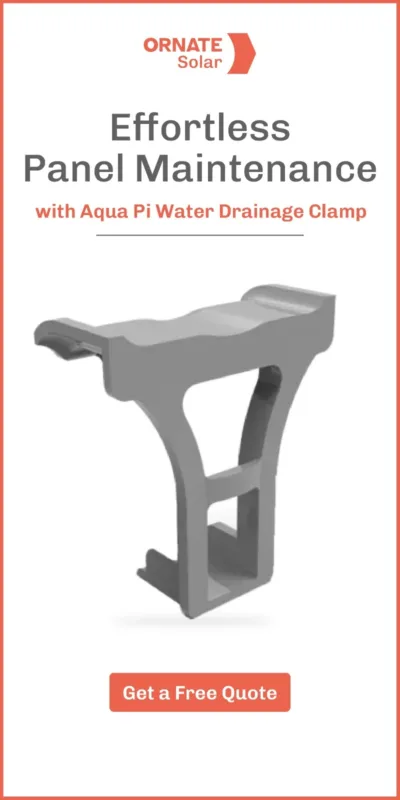
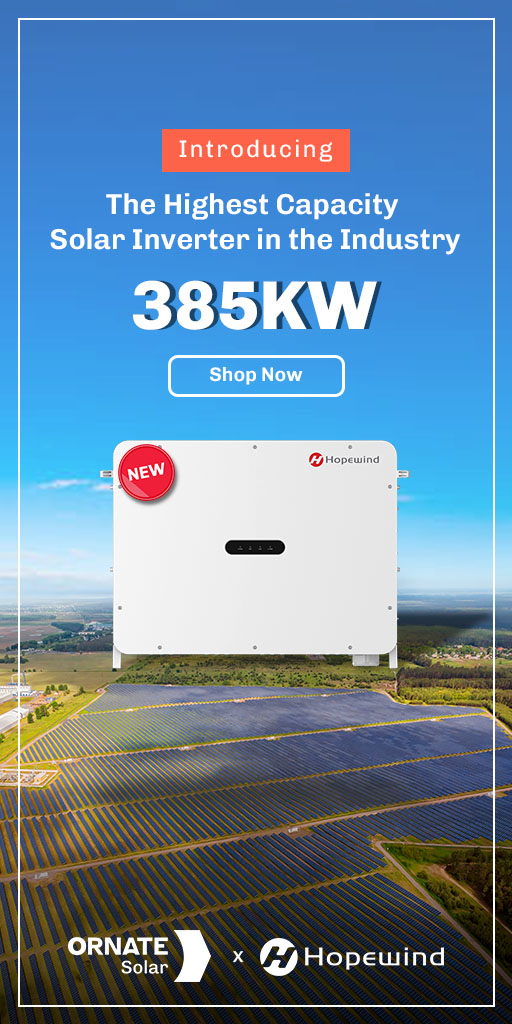


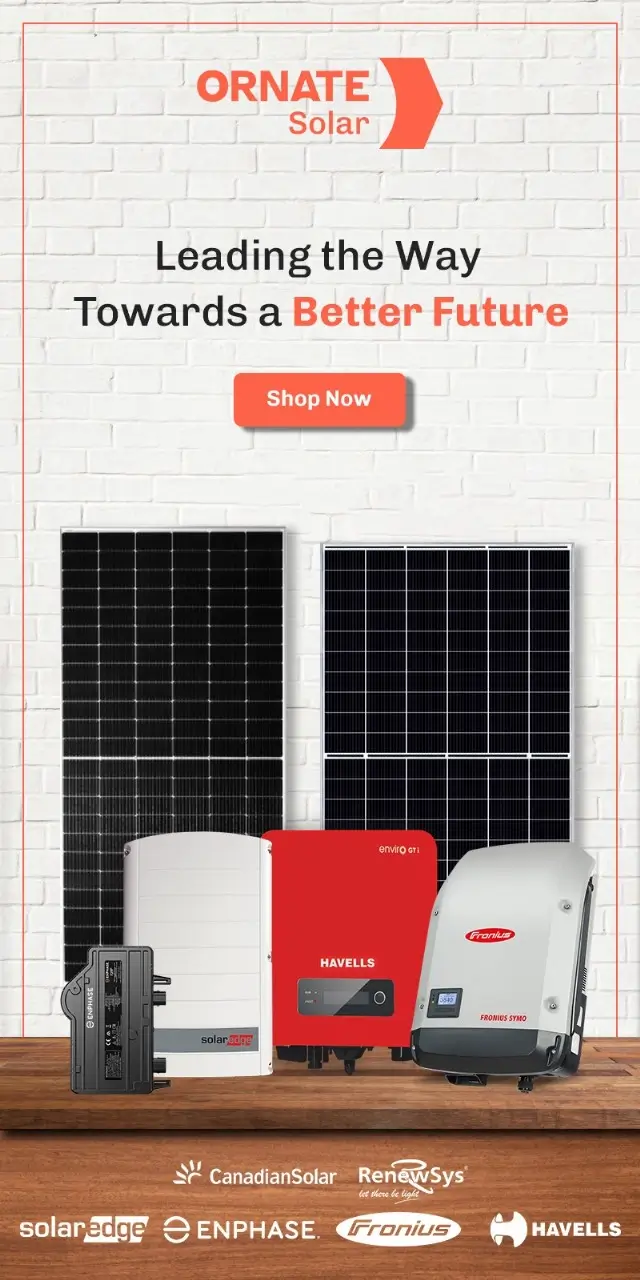


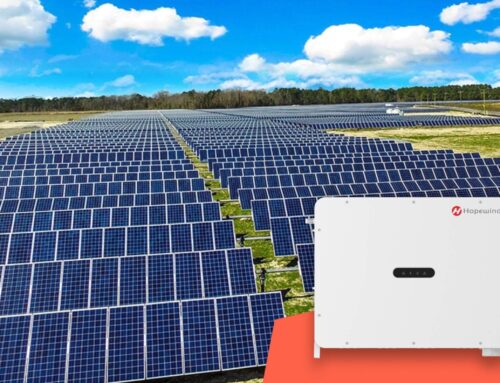
Leave A Comment